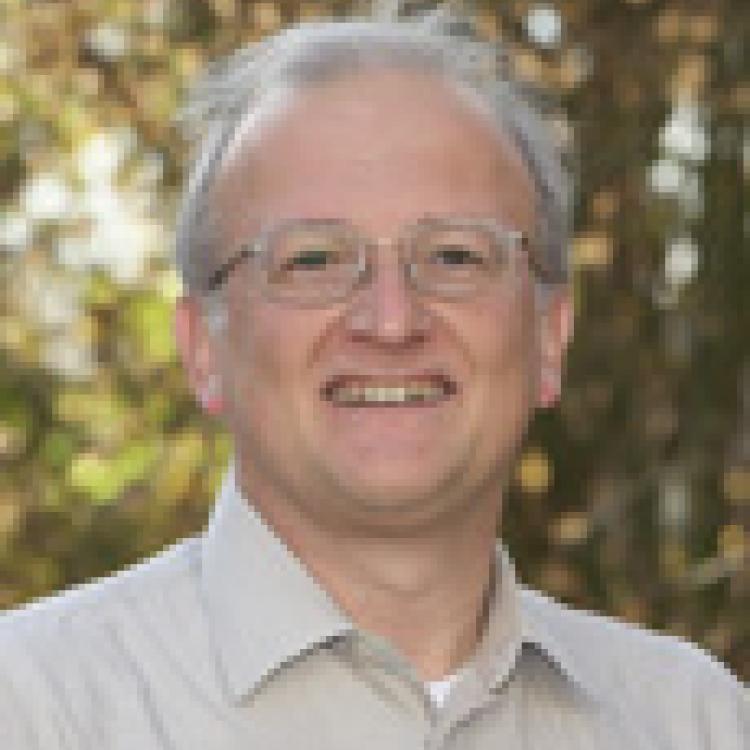
Giovanni Paolella
Graduated in Medicine and Surgery at Federico II of Naples in 1980, he worked Dirst as a researcher in Naples at the Faculty of Medicine and after carried out two periods of study at the Pathology department of the University of Oxford. He also spent a long period of study at the European Molecular Biology Laboratory in Heidelberg.
G. Paolella has been Professor of Biochemistry since 1994 Dirst at the University of Molise and, since 2006, at the University of Naples Federico II.
From 2011 to 2019 he led the Degree course in Biotechnology for Health, Dirst as President and then as Coordinator.
At Ceinge he coordinated, since the Dirst establishment of the research center, and still coordinates the work group that carries out research in the Dield of computational analysis of genomic and transcriptomic data and of data coming from dynamic microscopy.
Genomic data analysis and modelling and simulation of cultured cell populations.
Research is based on the application of computational tools and procedures to biological problems, including the identiDication of genomic functional elements and the dynamic analysis of the behavior of normal and pathological eukaryotic cells in culture, in terms of migration patterns and proliferation rates.
The computational analysis of the experimental data is combined with molecular and cellular approaches with the aim of identifying the characteristics of the biological phenomena and numerically describe and predict the involved processes.
-
Development of computational tools to manage, analyse and share big biological data volumes
The activity in this Dield is aimed to generate modules and programs that implement advanced algorithms to analyse large data volumes coming from investigation in the genomic/transcriptomic Dield but also from numerical elaborations of data contained in biological images.
-
Computational analysis and modelling of movement and proliferation of cultured mammalian cells observed in time-lapse microscopy
Migration and proliferation of cultured cells are studied in vitro by complementing dynamic microscopy with image analysis and with quantitative and statistical evaluations. Experimental studies are associated to an effort in developing analysis tools useful to support investigation. -
Simulation of migratory and proliferative behaviour of in vitro cultured cells and its control by molecular interaction networks
The work in this Dield produced a simulation system able to predict the behavior of eukaryotic cell populations cultured in vitro. The system has been developed with a speciDic emphasis on the reproduction of wound repair experiments, but works by simulating cells as single entities by using models of cellular process such as growth, proliferation and migration; this make the simulator useful for the production of synthetic populations in different experimental contexts. The simulator interfaces a tool able to predict activation/ deactivation of signal cascades involved in migration and proliferation processes.
-
Angelo Boccia, senior researcher
-
Leandra Sepe, senior researcher
-
Rossella Tufano, PhD student
-
Rocco Caggiano, PhD student
-
Elvira Toscano, PhD student
-
The complete 12 Mb genome and transcriptome of Nonomuraea gerenzanensis with new insights into its duplicated "magic" RNA polymerase. D'Argenio V, Petrillo M, Pasanisi D, Pagliarulo C, Colicchio R, Talà A, de Biase MS, Zanfardino M, Scolamiero E, Pagliuca C, Gaballo A, Cicatiello AG, Cantiello P, Postiglione I, Naso B, Boccia A, Durante M, Cozzuto L, Salvatore P, Paolella G, Salvatore F, Alifano P. Sci Rep. 2016 Dec 21;6(1):18. doi: 10.1038/ s41598-016-0025-0.
-
Complete sequencing of Novosphingobium sp. PP1Y reveals a biotechnologically meaningful metabolic pattern. D'Argenio V, Notomista E, Petrillo M, Cantiello P, Cafaro V, Izzo V, Naso B, Cozzuto L, Durante L, Troncone L, Paolella G, Salvatore F, Di Donato A. BMC Genomics. 2014 May 19;15:384. doi: 10.1186/1471-2164-15-384.
-
DNA sequence capture and next-generation sequencing for the molecular diagnosis of genetic cardiomyopathies. D'Argenio V, Frisso G, Precone V, Boccia A, Fienga A, Pacileo G, Limongelli G, Paolella G, Calabrò R, Salvatore F. J Mol Diagn. 2014 Jan;16(1):32-44. doi: 10.1016/j.jmoldx.2013.07.008. Epub 2013 Oct 31.
-
Ras activated ERK and PI3K pathways differentially affect directional movement of cultured Dibroblasts. Sepe L, Ferrari MC, Cantarella C, Fioretti F, Paolella G. Cell Physiol Biochem. 2013;31(1):123-42. doi: 10.1159/000343355. Epub 2013 Jan 29.
-
Analysis and modelling of motility of cell populations with MotoCell. Cantarella C, Sepe L, Fioretti F, Ferrari MC, Paolella G. BMC Bioinformatics. 2009 Oct 15;10 Suppl 12:S12. doi: 10.1186/1471-2105-10-S12-S12.
